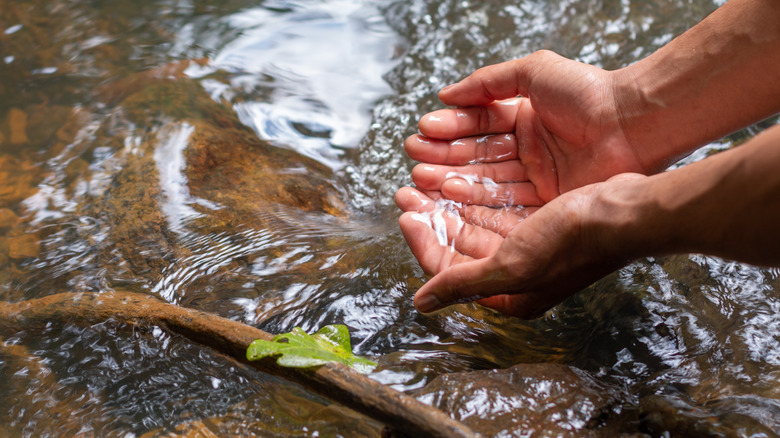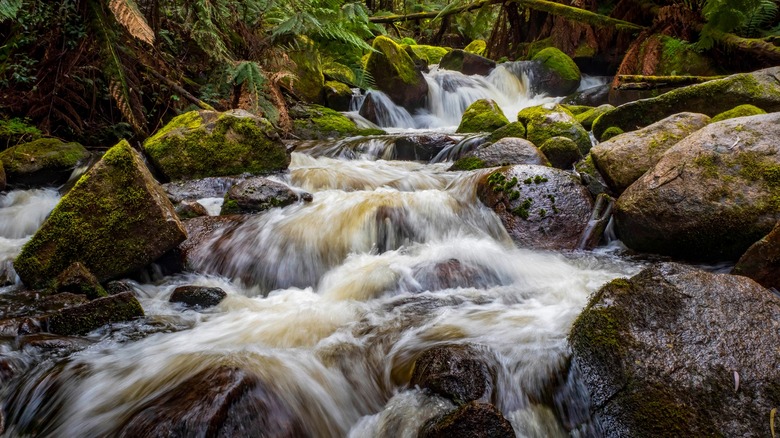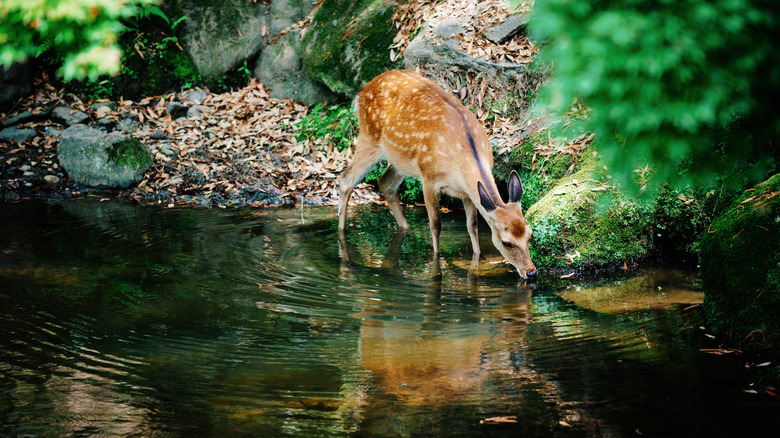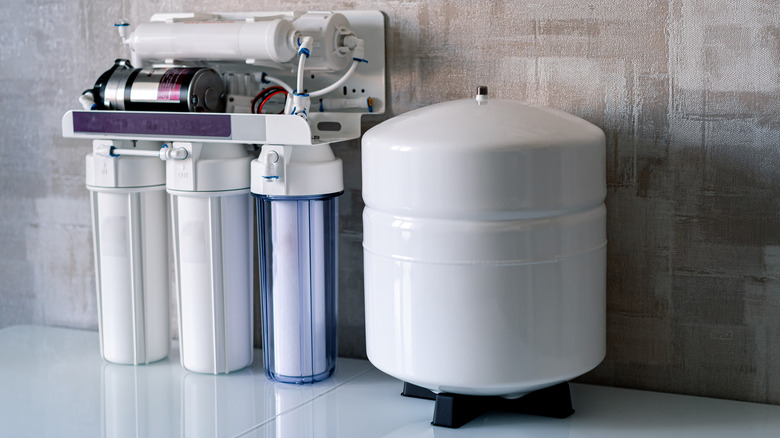How To Tell If A Stream You See On A Hike Is Safe To Drink From
Surrounded by the untamed beauty of nature, hikers traverse rugged terrain, immerse themselves in pristine landscapes, and forge connections with the wilderness that stirs the soul. Yet, amidst the awe-inspiring vistas and moments of serenity lies a critical consideration that can make or break the experience: access to safe drinking water. Water is essential for preventing dehydration and fatigue on an outdoor excursion. Adequate hydration supports endurance and helps hikers perform optimally throughout the hike.
But finding safe drinking water in the wilderness isn't just about filling up your bottle from the closest stream. Natural water sources, while alluring in their purity, harbor hidden dangers that can pose significant risks to health and well-being. From lurking pathogens to unforeseen contaminants, the seemingly innocuous act of quenching one's thirst can quickly turn into a perilous endeavor if not approached with caution.
So, what do you do if you find yourself without drinking water? Maybe you ran out on a particularly sweaty expedition, or worse, what if you committed a massive hiking blunder and forgot to pack water altogether? In such instances, knowing how to evaluate and safely procure water from natural sources becomes paramount. Read on to discover some simple questions you can ask yourself to determine if a stream you find on a hike is actually safe to drink from.
How fast is it moving?
Moving water indeed holds a distinct advantage over stagnant pools when it comes to water safety. The constant circulation prevents stagnation, hindering the growth of harmful bacteria and pathogens. Furthermore, as water flows over rocks, gravel, and vegetation, sediment and debris are removed, which happens more effectively the faster the water is moving.
However, despite these advantages, a stream's safety may still be compromised if it is located downstream from a campground or an area where fecal matter or other microcontaminants can infiltrate the water supply.
In dire situations where dehydration looms as a significant threat, the decision to drink from a stream, even with potential risks, can become a matter of survival. Dr. Troy Madsen tells Health Library that while consuming stream water may entail the risk of diarrhea in the coming days or weeks, it pales in comparison to the immediate danger posed by dehydration. Collapsing due to severe dehydration in the heart of the wilderness, when access to alternative sources of help is limited or nonexistent, can have far graver consequences. In fact, dehydration is one of the most common ways that people die outdoors. In such critical circumstances, the imperative to stay hydrated for crucial body and cognitive functioning outweighs the long-term risks associated with drinking untreated water. Nonetheless, this decision should be made only when all other options have been exhausted, and hikers must remain vigilant in seeking medical assistance if symptoms of illness arise following ingestion of stream water.
Are other animals drinking from it?
Observing wildlife behavior around a water source can provide valuable insights into its suitability for human consumption. If other animals are observed drinking from the water without any apparent distress or illness, it may indicate relative safety. This behavior aligns with animals' natural instincts to avoid contaminated sources, indirectly indicating water quality.
When assessing a stream for drinkability, take note of wildlife presence, such as birds or squirrels, which may be drinking from it. Additionally, look for animal footprints near the stream, indicating that they may have recently drank from that water source.
However, exercising discretion is vital when interpreting these signs. While the animals may have found a clean water source, the presence of them can introduce contaminants like fecal matter or pathogens, increasing the risk of contamination. Furthermore, animals possess hardy immune systems, allowing them to tolerate water that humans cannot. While the presence of wildlife suggests a safer water source than others, it doesn't guarantee absolute safety for human consumption.
When in doubt, prioritize purification
Purification is of paramount importance when drinking from natural water sources during outdoor activities such as hiking or camping. It is the only surefire way to eliminate threats in the form of bacteria, parasites, and other contaminants that can lead to waterborne illnesses.
There are several options available for purifying water in the wilderness. Boiling water is one of the most effective methods for killing bacteria, viruses, and parasites. Bringing water to a rolling boil for at least one minute (or longer at higher elevations) will ensure that it is safe to drink.
Water filtration systems use physical barriers or chemical treatments to remove contaminants from water. Portable water filters are available in various sizes and types, ranging from pump filters to gravity filters, and are designed to remove bacteria, protozoa, and sediment from untreated water. Chemicals such as iodine or chlorine dioxide can be used to disinfect water and kill harmful microorganisms. These chemical treatments are lightweight, compact, and easy to use, making them popular choices for backpackers and outdoor enthusiasts. UV purification devices use ultraviolet light to sterilize water by disrupting the DNA of microorganisms, rendering them unable to reproduce. While effective against bacteria, viruses, and protozoa, UV purifiers may not remove sediment or debris from the water. By taking precautions and purifying water from natural sources, hikers and outdoor adventurers can stay hydrated and healthy while enjoying the beauty of the wilderness.



